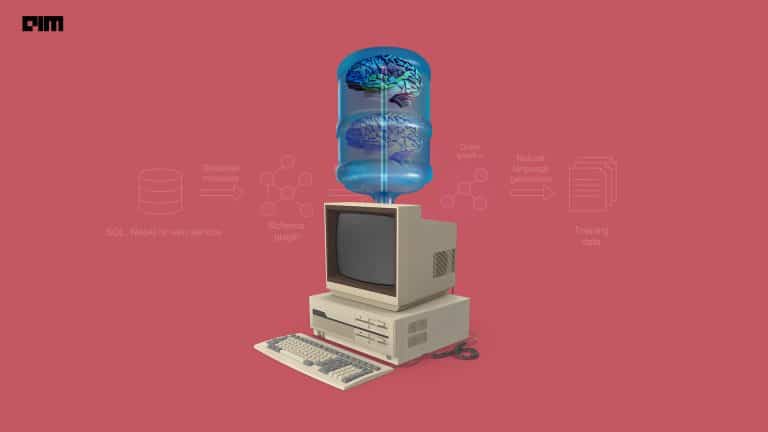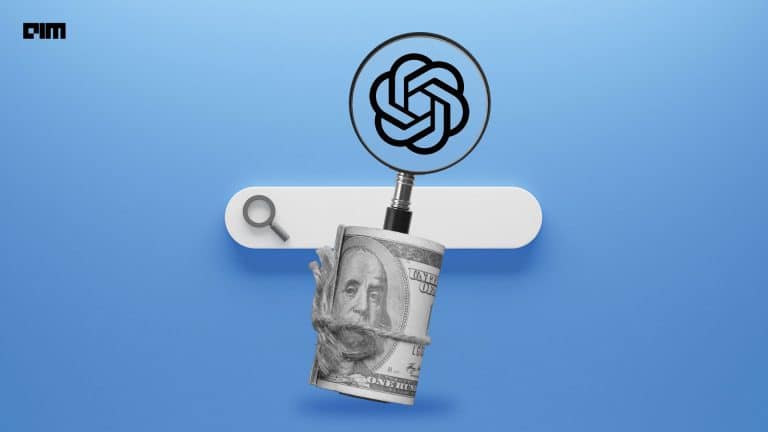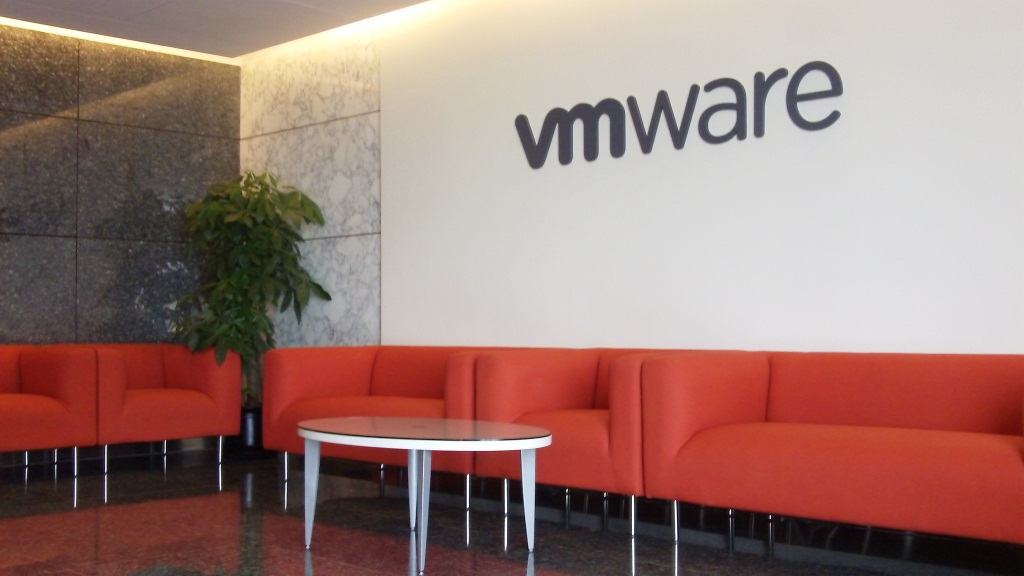The global Natural Language Processing (NLP) market size is expected to grow from USD 11.6 billion in 2020 to USD 35.1 billion by 2026, at a CAGR of 20.3% during the forecast period. NLP has existed in various shapes and forms for a while now, from digitising documents to OCR to text analytics to voice analytics. However, it has grown significantly over the years in terms of core capabilities.
For businesses, NLP applications are a good way to showcase potential. In the last few years, while the technical competency has evolved exponentially through new algorithms, large scale language models, higher accuracy processes, a bigger gain for the field of NLP has been its proven value across business functions by converting the core functionalities into use case driven applications.
Focusing on the business problem
Just converting a pdf into digital form, extracting text from images, identifying top themes from a blob of text, classifying the sentiment of a statement with high accuracy, converting speech to text etc are considered the core functionalities of NLP. We have made huge strides across these areas. However, to make an NLP solution impactful, one needs to start from the top starting from the problem-solving to the final insights driving business decisions.
For example, how one builds a sentiment classification model is different for a gaming company compared to a retail firm. “I killed a lot of people” is actually a positive statement, which means the user is enjoying the game. Similarly, the relevant topics in social media data for a merchandising team will not be the same for a customer support team. NLP has potential applications across business verticals to solve various problems and generate insights:
Sales merchandising
- Do customers find value for money in your company’s products?
- How does your brand perception stack up against competitors?
Product development
- What features are liked by customers?
- What pain points can be addressed?
Marketing
- What was the reach, awareness and impact of the campaigns?
- Did the campaign meet customer expectations?
Supply chain and delivery
- Are customers happy with delivery quality and speed?
- How efficiently did we improve on them?
Customer support
- What are the top issues faced by the customers?
- How to solve them?
Creating easy to consume outputs for end-users
Business stakeholders do not care about the sophisticated models or algorithms used to solve a problem: What they are more concerned about is what’s in it for them. Innovators have to make it simple for the end-user to use the technological innovations, and for that, you need to know what kind of output is needed to solve it. We tend to make it jazzy by giving a ton of possible NLP driven outputs which may not be valuable to the business.
Interdisciplinary and integrated solutions
Integrating a core NLP functionality or solution with other modules is essential to make it impactful. NLP is the ability to transform natural language into the computational language to get some insights out of it. However, what one does with it may require a few more steps to cover the last mile. This may be a predictive model (based on what the customer said on social media how likely are they to purchase the product), a recommender system (based on what the customer explained his/her problem is), a competitive benchmarking insight (on the topic of pricing, what is your brand’s perception on value for money among customers vs competitors). The key here is to cover the last mile of the bridge between what an NLP solution has produced to make it consumable for business. This requires an integrated end-to-end solution architecture and design approach instead of a stand-alone NLP functionality.
Keeping these three principles in mind is essential to ensure NLP solutions successfully drive the desired business impact. While there is no denying that the technical capability needs to progress at speed, the direction of progress should be determined by the above three principles.
The future is exciting for NLP. What needs to be kept in mind is to augment it with use-case-driven design, customisations specific to problems, and transforming it into easy-to-consume outputs.
This article is written by a member of the AIM Leaders Council. AIM Leaders Council is an invitation-only forum of senior executives in the Data Science and Analytics industry. To check if you are eligible for a membership, please fill out the form here.








































